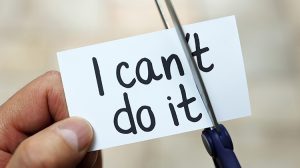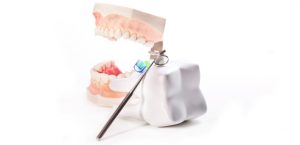Self Assessment:
As a final blog submission, I reflect on strengths and weaknesses related to the learning process and assignments for ENGL 301.
Strengths and Weaknesses
Having a background in dental hygiene did not exactly set me up for automatic success in this course. This was an intensive, challenging writing course to say the least. The extent of my writing experience before this course included taking clinical notes for my patients, and although these notes required me to pay close attention to detail, my experience did not give me the skills required to successfully complete a course such as this, I knew I was going to have to work hard. In the introduction to this course our instructor explained that writing is like anything else you want to do well at in life, you must learn the proper techniques, and practice those techniques often to become adept and successful. There were a number of different writing assignments to complete and the course was designed to accommodate a wide range of expertise. Working through this course online allowed us to collaborate and to benefit from the experience of our peers. It was evident once I got into the thick of this course that my weakness’ include using too many imperative verbs, and not writing using a ‘YOU’ attitude. This is something I continue to work on as I edit my writing style. Having experience working in a team environment, I am confident in collaborating and offering positive constructive feedback, therefore my strengths in this course include the peer review process.
Future Career Goals
My future career goals include becoming a Dental Hygiene Educator. My goal is to be a role model for hygiene students, and to provide an environment that is conducive to learning, and to utilize effective teaching strategies. Dental hygiene educators work in a variety of settings, including online, in the classroom, laboratory, clinics, at universities, colleges, and technical institutions. However, working within the educational system requires some adaptation and learning of new skills as clinical practice experience alone is not enough to transition into education. I believe the skills I have obtained while completing this course will enable me to pursue this endeavor.



